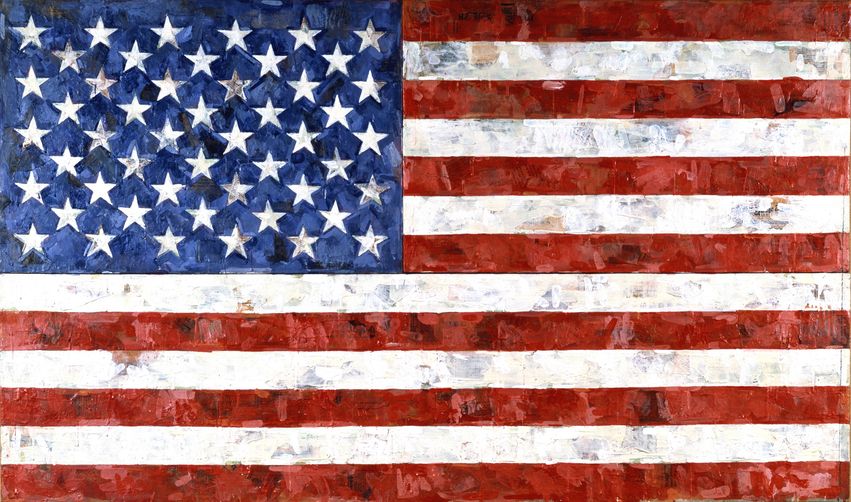That which is unfamiliar, a mystery, leads us to an imaginative knowledge, through which we become participating artists in the design of our new selves and a new world. View the study sheet here. Watch the recording here.

On June 28, 1776 British Navy warships entered the waters off the coast of Charleston, South Carolina with the mission of destroying colonial defenses and landing British troops who would open a southern front against the American rebellion. The British fleet included HMS Bristol, Experiment, Actaeon, Active, Solebya, Syren, Sphinx, Friendship, and Thunder. They had a total of 270 guns.
Standing in the way of the British troops was the barely finished Fort Sullivan, built on an island at the entrance to Charleston Harbor and secured by 435 militia troops. The fort was equipped with 26 cannons, each of which was armed with only 28 rounds of shot.
At 10:00 a.m. Thunder began to lob mortar shells while the other warships opened broadside fire against the fort. Combined, the British rained over 7,000 mortar and cannon shells on Fort Sullivan.
At one point a British shot cut the fort’s flagstaff. William Jasper, a sergeant in the Second South Carolina Regiment, jumped up on the fort’s ramparts and over its walls to retrieve the colors. Ignoring the rain of shot, Jasper climbed back up, tied the flag to an artillery sponge staff and erected it on the fort for all to see. By nightfall the British were in retreat. Six days later the Declaration of Independence was signed in Philadelphia.
On May 15, 1930 in Augusta, Georgia a baby was born to Jean and William Johns. They named him Jasper, in honor of the American Revolutionary war hero who had risked his life to recover and re-raise the flag. At the age of nine, Johns moved to South Carolina with his mother. He graduated from Sumter High School, attended the University of South Carolina and was stationed at Fort Jackson in Columbia, South Carolina for part of his military service during the Korean War. After the war Johns moved to New York to become a painter.
Two years after his discharge from the Army, at the age of 24, Johns painted the American flag and titled it Flag. Over the years he painted several series of the image. Pictured here is one he did in 1967. In describing the inspiration behind it, Johns said: “One night I dreamed that I painted a large American flag, and the next morning I got up and went out and bought the materials to begin it.”
The painting, and Johns’ whole body of work, was a repudiation of Abstract Expressionism, with its splashy emotionalism, metaphysical longings and enactments of personal agony and ecstasy. Instead of turning private feelings into public statements, Johns claimed public symbols as opportunities for personal and private experiences.
With Flag Johns has surrendered an artist’s basic creative choices: that of composition and color. But he has rendered what is familiar in an unfamiliar way. The flag here is not the printed or sewn version we commonly encounter. It is rendered in encaustic, pigmented wax that is burned on top of canvass, which in turn is mounted on a piece of plywood.
As a first layer on the canvass Johns placed strips of newspaper clippings. As the molten, pigmented wax cooled, it set the scraps of newspaper into unusual shapes and forms. In a sense, they serve as brushstrokes of the artist. We can see bits and pieces of them under the encaustic overlay. But where once they conveyed a coherent and contextualized message, those stories are now disjointed and achingly hard to read and comprehend. The flag rests atop fragmented descriptions of civic life.
In reflecting back on decades of work, Johns said: “It all began with my painting a picture of an American flag. I went on to similar things like targets and maps. Things the mind already knows, things that are constantly seen but not looked at or examined.”
In Parshat Ekev Moses continues his sharing of the familiar: the story of a journey, one that some had been on since the beginning and which for others had probably been an epic saga told over festive feasts and as a bedtime tale for the very young.
Yet, in this portion Moses makes a subtle shift in his language as he recounts what sustained the Israelites when they were most starved. In Exodus when the hungry Israelites awaken one morning to find a flaky substance on the ground, they exclaim: Man hoo (“what is this?”). Moses explains, “That is the bread which God has given you to eat.” But in the face of Moses’ calling it something familiar, bread, the people insist on continuing to call it man (“what is it?”).
Now, in Deuteronomy, as Moses retells that event, he says: “Remember…God gave you man to eat, which neither you nor your ancestors had ever known.” In these moments of final instruction to the Israelites, Moses seems to understand that what sustained the Israelites during their odyssey of self-understanding and development was the power of questioning.
The flag rescued and restored under fire by Johns’ namesake had one word on it: Liberty. With Flag Johns honors that tradition by provoking us to interrogate the very ways in which we see and interpret the world, including those symbols we may have taken for granted in their familiarity to us.
Moses at the end of his journey recognizes that more than the mundane (bread) is needed to sustain a people in their ongoing fulfillment of divine promise. That which is unfamiliar, a mystery, leads travelers to an imaginative knowledge, through which they become participating artists in the design of their new selves and a new world.
Join us here at 7:00 p.m. (PT) on Thursday August 22 as we explore what is it.








